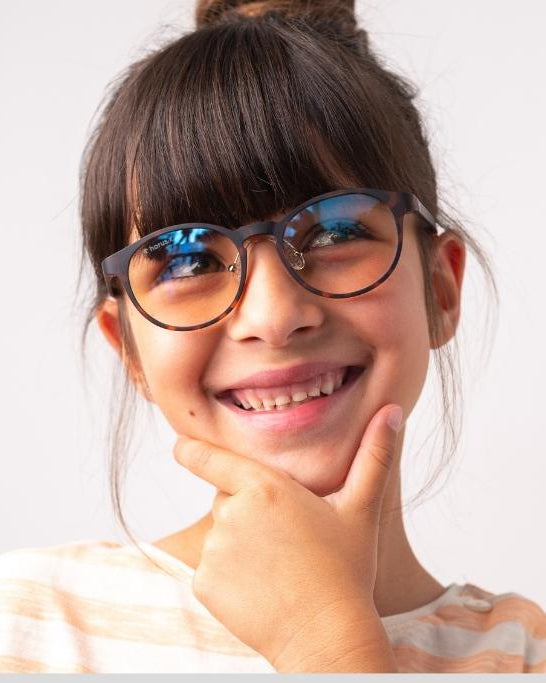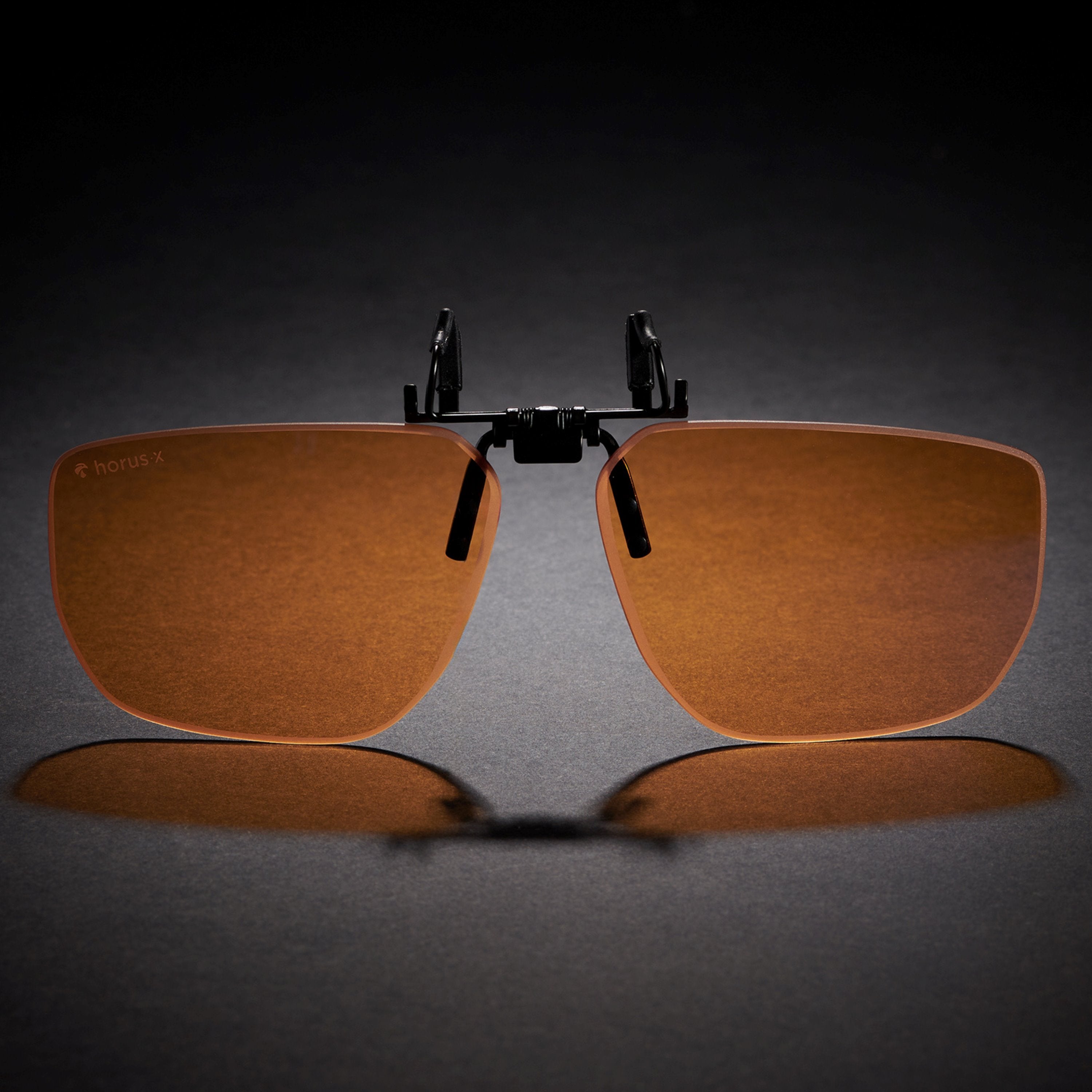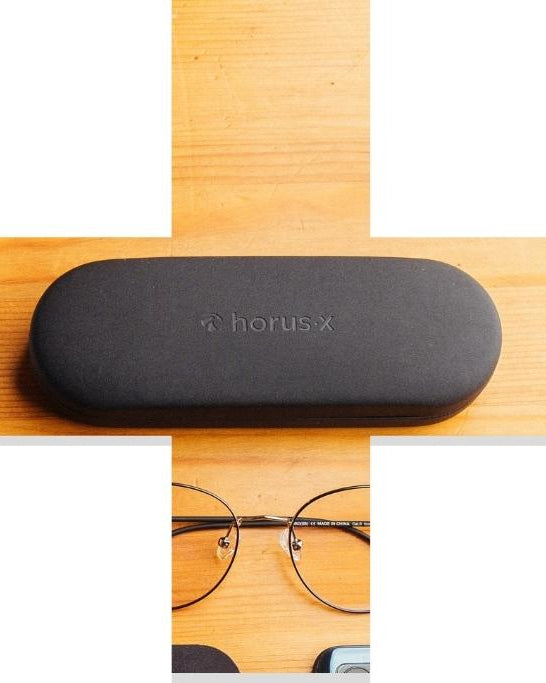Choosing the right sunglasses isn’t always easy. They come in many different shapes, sizes and colors and sometimes it’s not clear which best suit your face, as well as protect you from those dreaded UV rays.
It’s not all about looking good !
There are different categories of sunglasses and knowing which to pick can seem tricky at first. By learning what each sunglasses category means, your next choice can be well informed.
UVs and glare: an important distinction
When you hear sunglasses, your first thought is probably about ultra-violet (UV) protection.
And you’d be right!
Whether you’re interested in polarized sunglasses or traditional, this is definitely the first thing you should check when choosing your next pair of sunnies.
Fortunately, there are a few easy ways to ensure you have ultimate protection from the sun and channel the vibes of Neo from The Matrix:
- Make sure the sunglasses you’ve chosen adhere to the US regulations outlined under ANSI Z80.3-2018 which state that sunglasses must have ultraviolet light filtered out. All sunglasses should bear the ANSI marking on their lens.
- Try to buy from an established brand, you’d be amazed at the lengths people go to to fake the ANSI norm with their eyewear.
- If you really want to push the limits and find out your sunglasses specs in Sherlock levels of detail, you can always request a report from the brand. This will prove their sunglasses passed the tests of an independent laboratory.
- Check that the UV protection promised is UV400 minimum as that guarantees all UV is blocked up to 400 nanometers. Good UV protection is an essential element of sunglasses
These are helpful tips, but when we mention sunglass categories this isn’t what we’re actually referring to.
🔆 Sunglasses are categorized from 0-5. But the category depends on the sunglass’s filtration of luminosity (i.e sunshine), not UV filtration. That’s because UV filtration should always be at 100% regardless. But the higher the category, the more light is filtered out too and therefore the more glare is reduced.
Sunglasses: Category 0 meaning☁️

The first sunglasses category doesn’t actually apply to sunglasses but all lenses. In fact, the lenses are usually completely clear, which is why the category’s symbol is a cloud.
🛡 Category 0 has 80 to 100% visible light transmission (VLT)
The purpose of Category 0 sunglasses
Category 0 corresponds to almost all normal eyeglasses as well as purely aesthetic glasses and specific glasses, such as safety glasses or blue light blocking glasses. Regardless of their looks though, they’re still capable of completely filtering out UV light, and even part of the dangerous blue light.
Example: Horus X has developed our own ghost technology that uses the sunglasses category 0 in one of our favorite and bestselling pairs of glasses: The Ushuaia. We made these glasses with aesthetics in mind for everyday wear, while still ensuring UV and harmful blue light from screens is filtered.
Sunglasses: Category 1 meaning ⛅️

The sunglasses category 1 offers light filtration, making them suitable for people who are sensitive to low levels of sunlight. They’re recognizable thanks to the category symbol of a sun peeking from behind a cloud.
🛡 Category 1 allows 43 to 80% visible light transmission (VLT)
The purpose of Category 1 sunglasses
Category 1 is perfect for cloudy but clear weather. Category 1 sunglasses protect the eyes well in everyday situations, during seasons when the light is not too strong. This type of lens is also used to improve contrast (for example, when driving at night) or even to protect against the blue light from screens, like your TV, in an advanced, futuristic way.
They’re more likely to have a dark lens, just like Horus X The Gaming One’s amber tinted lenses.
Sunglasses: Category 2 meaning ☀️

Sunglasses category 2 usually means a more tinted lens than the first two categories; but not quite so much as others. You should still be able to see the eyes of the person behind the frames. Category 2 sunglasses protect against glare in slightly sunny weather and are represented by an 8-rayed sun symbol.
🛡 Category 2 allows 18 to 43% visible light transmission (VLT)
The purpose of Category 2 sunglasses
Category 2 sunglasses are useful for all common life situations where the sun isn’t shining too brightly. They can be used for anything from sunbathing in your garden, to driving, to jetting off on vacation.
The best thing about sunglasses in category 2 is that they offer versatile and effective protection, helping to reduce eye fatigue.
The worst thing is they’re not quite strong enough for those of you who spend a lot of time in the sun.
Sunglasses: Category 3 meaning (Horus X’s top choice!)🌞

Category 3 glasses offer great protection against glare. They’re perfect for a wide variety of weather conditions and cater to even the most sensitive of eyes. You can spot category 3 sunglasses by the sun symbol with 16 rays.
They’re Horus X’s number one choice of lens!
🛡 Category 3 allows 8 to 18% visible light transmission (VLT)
The purpose of Category 3 sunglasses
Category 3 sunglasses offer the best compromise between high protection and good daily adaptability. They’re perfect for sunny days and jetting abroad, but also for places of high glare and reflection. For example, if you’re staring at the sunshine bouncing off a lake or dealing with the glare off snow on a mountainside. Other types of glare, like from those who aren’t as stylish as you, unfortunately aren’t affected by these lenses.
Like any other category, sunglasses category 3 do have their drawbacks. For example, in summer we all know it’s a major pain to see your phone outside. Well, category 3 sunglasses won’t help with this.
But there are ways to see your phone screen in the sun. That’s why we developed a special lens at Horus X that combines category 3’s ultra-protection, with actual screen visibility. Jealous? You can get your own pair of The Urban sunglasses here.
Sunglasses: Category 4 meaning 🏔

Category 4 sunglasses are special. Unlike Chris Rock at the Oscar’s, you’ll be well protected with Category 4 sunglasses.
But they’re not for regular use. The lenses are extremely tinted, making seeing through them somewhat of a challenge.
You can distinguish category 4 sunglasses by their symbol of a mountain above the sea.
🛡 Category 4 allows 3 to 8% visible light transmission (VLT)
That’s why they’re only used in very special, specific circumstances. And not just when trying to look like a secret agent.
The purpose of Category 4 sunglasses
The sunglasses category 4 is designed for very specific types of use in areas where luminosity and glare are much much higher than normal. They are used, for example, by mountaineers to protect their eyes from the sun glare of snow reflections, and by sailors who spend a lot of time without shade.
Which category of sunglasses should you choose? Final thoughts
Your choice of sunglasses category should depend on your usage.
Start by asking yourself under what conditions you’re most planning to use your new sunglasses. That’s the most important factor in choosing a sunglasses category. Do that before you even start checking out the frames and daydreaming yourself as Audrey Hepburn.
The most common and useful pairs are usually category 3 sunglasses. Category 2 sunglasses are a bit too weak for proper sunshine, and category 4 sunglasses are just way too strong for everyday use.
Once you’ve chosen your category, you can start picking out the frames and deciding which best suit you. There’ll be plenty of options regardless of which sunglasses category you pick.
If you’re looking more for glasses to protect against blue light, than sunlight, however, then these sunnies won’t do the trick. Instead you’ll need special technology available with Horus X lenses.
To recap:
☁️ Category 0: only aesthetic, very little or no light filtration.
⛅️ Category 1: light protection, suitable for overcast weather for sensitive eyes.
☀️Category 2: standard protection, suitable for most situations.
🌞 Category 3: high protection, in case of high light while maintaining good visibility (the Horus X choice)
🏔 Category 4: very high protection, especially for the mountains and the sea. Driving while wearing is prohibited.
Finally, remember not to place too much trust on just your eyes. The glasses might feel great on your face and you feel comfortable looking through the lens, but you should still trust and check that that little ANSI mark is visible.
The best pairs of glasses protect against sunshine, UV radiation and glare. We say the best, but all glasses should really do this.
Sometimes it's hard to know how well protected your eyes are. A pair of dark-lensed sunglasses can protect against glare very well, but not at all against UVs, and vice versa on other models. That’s why it’s important to find out as much information as you can when purchasing.
















